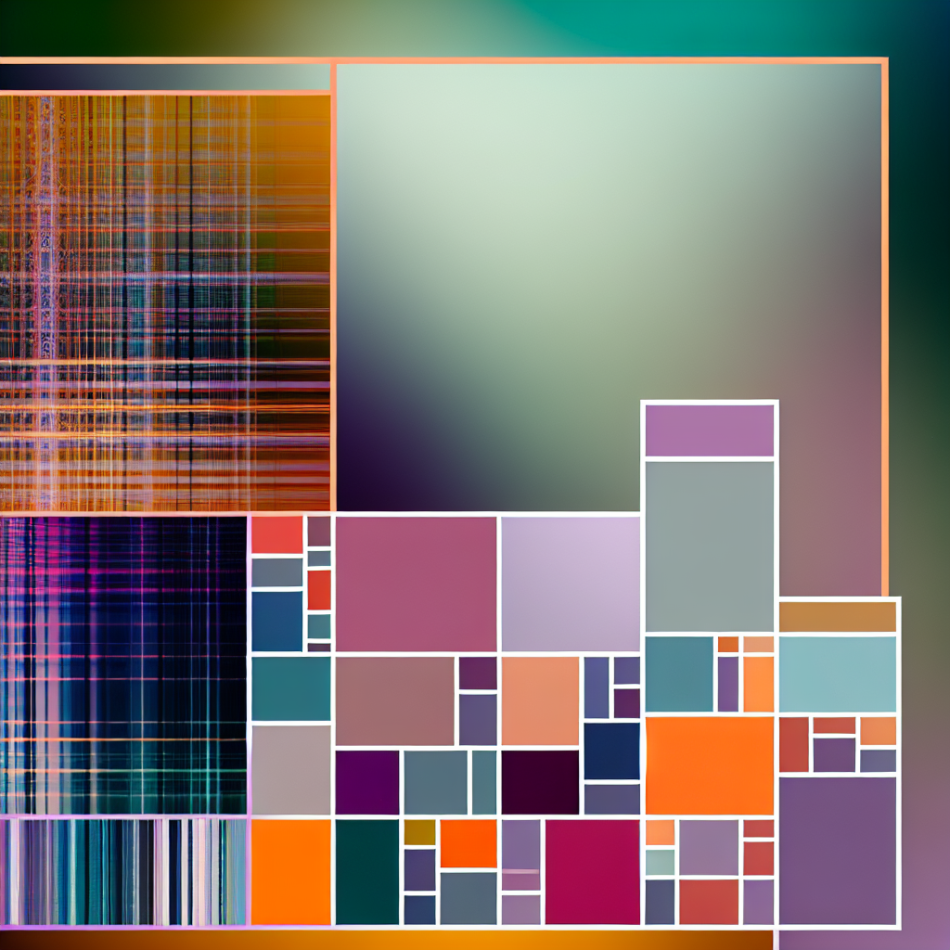Beyond Checklists: A Day in the Life of Neurodivergent Individuals
Living with ADHD, autism, or dyslexia is often reduced to clinical checklists, but real-life experiences are far more textured. This article delves into the unscripted rhythms of daily life for neurodivergent individuals, revealing challenges, adaptations, and quiet triumphs. Through personal stories, we explore how these conditions shape routines, relationships, and self-perception—nuances no diagnostic manual could ever fully capture.
Morning Rituals: More Than Just Routine
For many neurodivergent people, mornings are a battleground of sensory and cognitive demands. Take Sam, a graphic designer with ADHD: “Waking up feels like my brain is already on its third espresso. I might hyperfocus on reorganising my bookshelf for an hour, then realise I’ve forgotten to eat breakfast.” Time blindness and decision paralysis often derail simple tasks, turning a 10-minute shower into a 45-minute mental negotiation.
Meanwhile, Aisha, an autistic university student, describes her rigid morning routine as “non-negotiable armour”. Deviation—like a missing hairbrush or unexpected noise—can trigger meltdowns. “If my socks feel ‘wrong’, I can’t think about anything else until I fix it. People call it ‘picky’, but it’s survival.”
Navigating Work and Education: Hidden Hurdles
Neurodivergent individuals often develop intricate coping mechanisms to meet societal expectations. James, a dyslexic teacher, shares: “Staff meetings are minefields. I record everything because notes look like alphabet soup. Colleagues think I’m disengaged, but I’m just translating in real-time.” Despite his expertise, he’s had to advocate relentlessly for basic accommodations like verbal instructions.
In open-plan offices, autistic employees like Priya face sensory onslaughts. “Fluorescent lights hum, keyboards clatter, someone’s perfume stings my nose. By lunch, I’m dissociating just to cope.” Many mask their discomfort to avoid stigma, a draining performance that leaves little energy for actual work.
The Social Tightrope: Masking and Misunderstandings
Social interactions require constant calibration. ADHDers like Zoe describe conversations as “a tennis match where I’m playing five balls at once”, struggling to filter impulsive thoughts. “I’ll interrupt someone, then spend hours agonising: ‘Do they hate me now?’” For autistic individuals, decoding subtext remains exhausting. Raj, a software developer, explains: “If someone says, ‘We should meet up sometime’, I need a flowchart: Are they being polite? Literal? Do I owe them a calendar invite?”
Dyslexics, too, face social landmines. Emily, a nurse, recalls: “I avoided group chats for years after mixing up ‘bruschetta’ and ‘brothel’ in a lunch order. The laughter still haunts me.”
Adaptations, Not Limitations: Tools That Transform
- Environmental hacks: Noise-cancelling headphones, dimmable lights, or designated ‘reset spaces’
- Cognitive workarounds: Alarms labelled “SERIOUSLY, FEED THE CAT NOW” or colour-coded task systems
- Technological allies: Text-to-speech apps, focus timers, or Grammarly for dyslexic writers
As Aisha notes: “My ‘quirks’ are just bespoke solutions. Using fidget toys in meetings lets me concentrate better than anyone.”
Unexpected Superpowers: Reframing Neurodivergence
Beyond challenges lie remarkable strengths. Sam’s ADHD fuels creative campaigns: “I connect ideas others miss because my brain won’t stay in one lane.” Priya’s autism enables forensic attention to detail in data analysis. James’ dyslexia forged exceptional verbal communication skills: “I explain complex concepts clearly because I can’t hide behind jargon.”
These strengths often emerge from necessity. As Zoe reflects: “Living in a world not built for you teaches resilience. I can troubleshoot a crisis before neurotypicals notice the problem.”
Conclusion: Redefining ‘Normal’ Through Lived Experience
A day in the life of someone with ADHD, autism, or dyslexia defies simplistic narratives. It’s a mosaic of overwhelm and innovation, exhaustion and hyperfocus, alienation and unique connection. Their stories reveal neurodivergence not as a defect, but a different operating system—one that society often fails to update for. True inclusion begins when we move beyond checklists to embrace the textured reality of diverse minds. As these individuals show, survival in a mismatched world is itself a form of brilliance.
